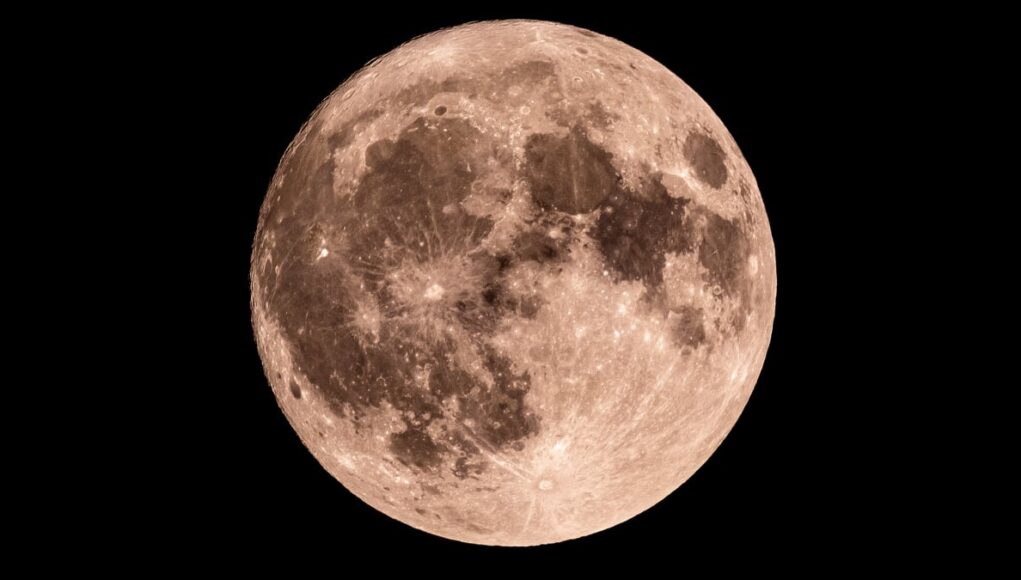The moon is getting smaller and smaller this week as we head towards to the New Moon. There’s still a small crescent visible, however, so keep reading to see what you can spot tonight.
What is today’s moon phase?
As of Wednesday, Oct. 15, the moon phase is Waning Crescent. Tonight, only 31% will be lit up, according to NASA’s Daily Moon Observation.
Waning Crescent is the last phase before we reach the new moon, and with each day until then, the visibility will decrease. There’s a little less to see without any visual aids tonight, but there’s still something. Look to the top left to see the Oceanus Procellarum and the Kepler Crater. If you’re in the Southern Hemisphere, these will be in the bottom right. With a telescope, you’ll also see the Reiner Gamma, a lunar swirl on the moon’s surface and the Schiller Crater.
When is the next full moon?
The next full moon will be on Nov. 5.
What are moon phases?
The Moon goes through a repeating cycle roughly every 29.5 days as it orbits Earth. These changes happen because the Sun, Earth, and Moon are constantly shifting in relation to one another. From our viewpoint on Earth, the Moon might appear full, partially illuminated, or completely dark, but we always see the same face. What changes each night is the amount of sunlight reflecting off its surface.
The eight main moon phases are:
Mashable Light Speed
New Moon – The moon is between Earth and the sun, so the side we see is dark (in other words, it’s invisible to the eye).
Waxing Crescent – A small sliver of light appears on the right side (Northern Hemisphere).
First Quarter – Half of the moon is lit on the right side. It looks like a half-moon.
Waxing Gibbous – More than half is lit up, but it’s not quite full yet.
Full Moon – The whole face of the moon is illuminated and fully visible.
Waning Gibbous – The moon starts losing light on the right side. (Northern Hemisphere)
Third Quarter (or Last Quarter) – Another half-moon, but now the left side is lit.
Waning Crescent – A thin sliver of light remains on the left side before going dark again.






